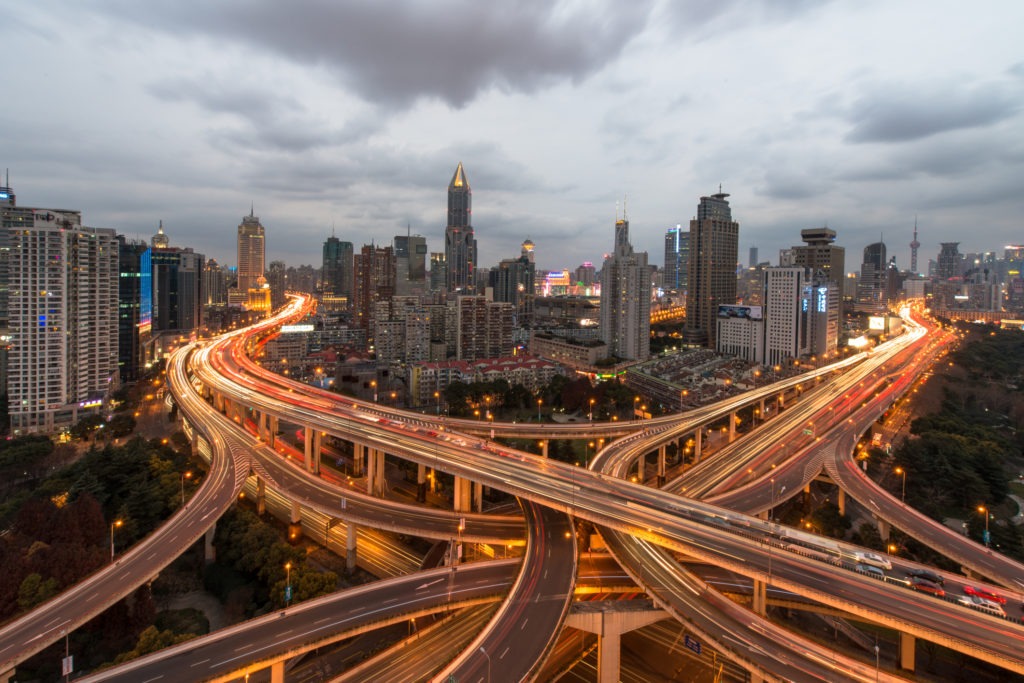German OEMs doubling down on great EV growth forecast in China
02 June 2017

2 June 2017
Volkswagen Group has announced it is launching a new 50:50 joint venture (JV) with JAC in China for the mass production of electric vehicles (EVs), while Daimler has strengthened its JV with long-time partner BAIC with the upgrading of a plan to jointly manufacture electric vehicles. Daimler will also minority invest in a BAIC subsidiary, as the tying together of the future of Germany with China grows. Both agreements were signed during a meeting in Berlin on Thursday between German Chancellor Angela Merkel and Chinese Premier Li Keqiang.
China is forecast to approach 50% of Volkswagen Group’s entire worldwide sales in the medium term, and it is also the largest market worldwide for Daimler. The enormous success of Germany’s two largest OEMs in the region is expected to create further economies of scale to bring down production costs for both companies worldwide to the benefit of Germany AG, as well as continuing to increase Germany’s trade reliance on China.
JAC and Volkswagen aim to produce their first jointly developed electric vehicle in 2018. The Volkswagen-JAC JV is Volkswagen’s third JV through which it aims to conduct its electric offensive in the region. This offensive is necessary to reach Chinese government quotas that intend to force by far the most rapid adoption of EVs worldwide, alongside Chinese JV partners FAW and SAIC. China sees a massive opportunity to take advantage of the electric revolution to enter the global automotive market in earnest. JAC, which sees mutual benefit from the access to scale and expertise the JV provides, markets vehicles under the ′Jianghuai’ and ′Ankai’ brands in China. Granting for JAC and Volkswagen to jointly build plug-in vehicles in China was given last month with approval to locally manufacture 100,000 battery electric vehicles.
Volkswagen Group aims to deliver a cumulative 400,000 EVs (including hybrids) across its three JVs into the Chinese market by 2020 and 1.5 million EVs by 2025. This compares with the core Volkswagen brand’s target to sell one million EVs globally by 2025. VW brand CEO Herbert Diess has said previously that China will be the entire group’s ′volume base and scale base for all the electric vehicles we are doing.’ Its China electric offensive forms part of the Group’s ′TOGETHER – Strategy 2025′ plan.
Volkswagen Group CEO Matthias MÜller said: ′The new partnership is a further milestone in our electric offensive in China. Just as we have played a key role in shaping mobility together with our partners in China over the past 30 years or more, we want to play our part in shaping the mobility of the future: electric, fully networked and in line with the needs of our customers.’
Volkswagen Group entered the Chinese market in 1984. With around 95,000 employees at 30 Chinese plants, about 3,000 dealers with 330,000 employees delivered 150 different models for the group in 2016. In total for the year, it sold around 4 million vehicles in the region – compared to 10.3 million worldwide. However, despite the high figures, Volkswagen’s growth rate in the rapidly growing market remains powerful, with Chinese sales rising 12.2% over the previous year.
Meanwhile, Daimler has announced it will take a minority share in BAIC subsidiary Beijing Electric Vehicle (BJEV), and will also make investments in their Beijing Benz Automotive JV, which was created in 2005 and is the largest car production centre for Daimler worldwide by land mass.
The two companies have made the moves as they aim to strengthen their positions to compete in China’s rapidly growing so-called NEV (new energy vehicle) market, which consists overwhelmingly of electric vehicles. Notably, non-plug-in hybrids are not included in the quota targets, to the consternation of Toyota. The quotas require 8% of carmakers’ sales in the country to be all-electric or plug-in hybrid by next year – rising to 10% in 2019 and 12% in 2020. This is according to the latest draft proposals released in September, which are expected to be softened to a limited extent, in large part simply because carmakers have been unable to deliver the progress needed to meet the targets. Nevertheless, the thrust of the quota system is expected to be maintained.
Hubertus Troska, a member of Daimler’s board of management responsible for China, has said that Daimler’s China NEV plans involve manufacturing electric cars and batteries locally in China. In other words, it is unlikely that the majority of batteries will be shipped over from Daimler’s new battery ′gigafactory’ in Germany.
He clarified this: ′Localization is the key to Daimler’s sustainable growth and future success here in China. We have been intensifying local research and development, as well as local production, to highlight the preferences of our Chinese customers. They have made this the largest market worldwide for Mercedes-Benz, and this is especially thanks to the strength of our Sino-German cooperation with local partners.’
It is as yet unclear whether any of the planned plug-in electric vehicles for China will be built on Daimler’s new EQ platform for electric vehicles, which Mercedes aims to use to launch 10 all-electric vehicles by 2025 (including the EQ C SUV by 2020).
Daimler’s Chinese facility currently produces the C-Class, E-Class, GLA and GLC as well as Mercedes-Benz 4- and 6-cylinder engines.